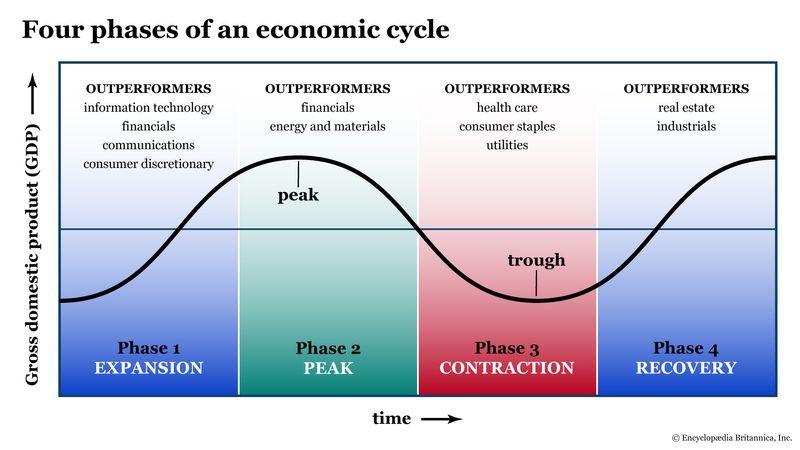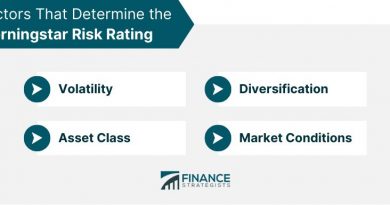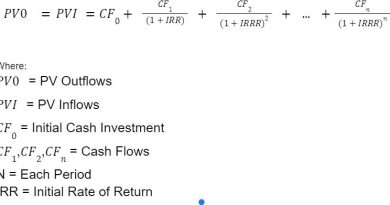Trough Examples of Phase in Business Cycle

Trough: Examples of Phase in Business Cycle
A trough, in economic terms, refers to a stage in the business cycle where activity or prices are bottoming before a rise.
Key Takeaways:
– A trough refers to a stage in the business cycle where activity or prices are bottoming before a rise.
– The business cycle consists of recessions and expansions that end in peaks and troughs.
– A trough is marked by higher unemployment, layoffs, declining business sales and earnings, and lower credit availability.
– After the trough, recovery and expansion begin.
– The actual trough can only be identified in hindsight.
Understanding Troughs:
The business cycle moves in five phases: expansion, peak, contraction, trough, and recovery. The trough is the bottoming process of moving from contraction to recovery. Economists use metrics like gross domestic product (GDP) to track the economic cycle.
A trough is the stage of the economy’s business cycle that marks the end of a period of declining business activity and the transition to expansion. Employment levels, income, and wages are also indicators of where the economy stands in the business cycle.
The major U.S. stock market indices, such as the Dow Jones Industrial Average (DJIA) and Standard & Poor’s 500 Index (S&P 500), track closely with the business cycle. Troughs are usually only apparent in hindsight.
Special Considerations:
Troughs are recognizable in hindsight. Once economic activity begins to increase again, as shown on economic indicators, expansion is likely underway. Troughs vary in severity and are typically marked by declining business sales and earnings, layoffs, low credit availability, higher unemployment, and business closures. Troughs mark a positive turning point for the economy.
Examples of Troughs in the U.S.:
An economic trough occurred in June 2009, marking the end of the Great Recession. The U.S. GDP bottomed out in June 2009 after a period of severe economic contraction, and then experienced expansion.
During the U.S. recession of the early 1990s, the trough occurred in March 1991. The recovery from this recession was robust.
Frequently Asked Questions:
When do troughs in the business cycle occur?
– A trough in the business cycle occurs when a recession ends and economic recovery or expansion begins.
What are the stages of the economic cycle?
– The economic cycle consists of expansion, peak, contraction, and trough.
What are the levels of severity of an economic trough?
– A recession is a trough defined as negative GDP growth occurring over two consecutive quarters. A depression is a more severe recession that lasts three or more years or leads to a decline in real GDP of at least 10%.
What is a peak vs. a trough in economics?
– A peak is a high point at which expansion shifts to contraction.



